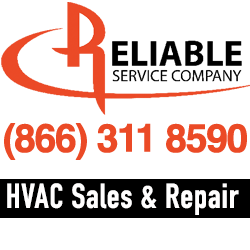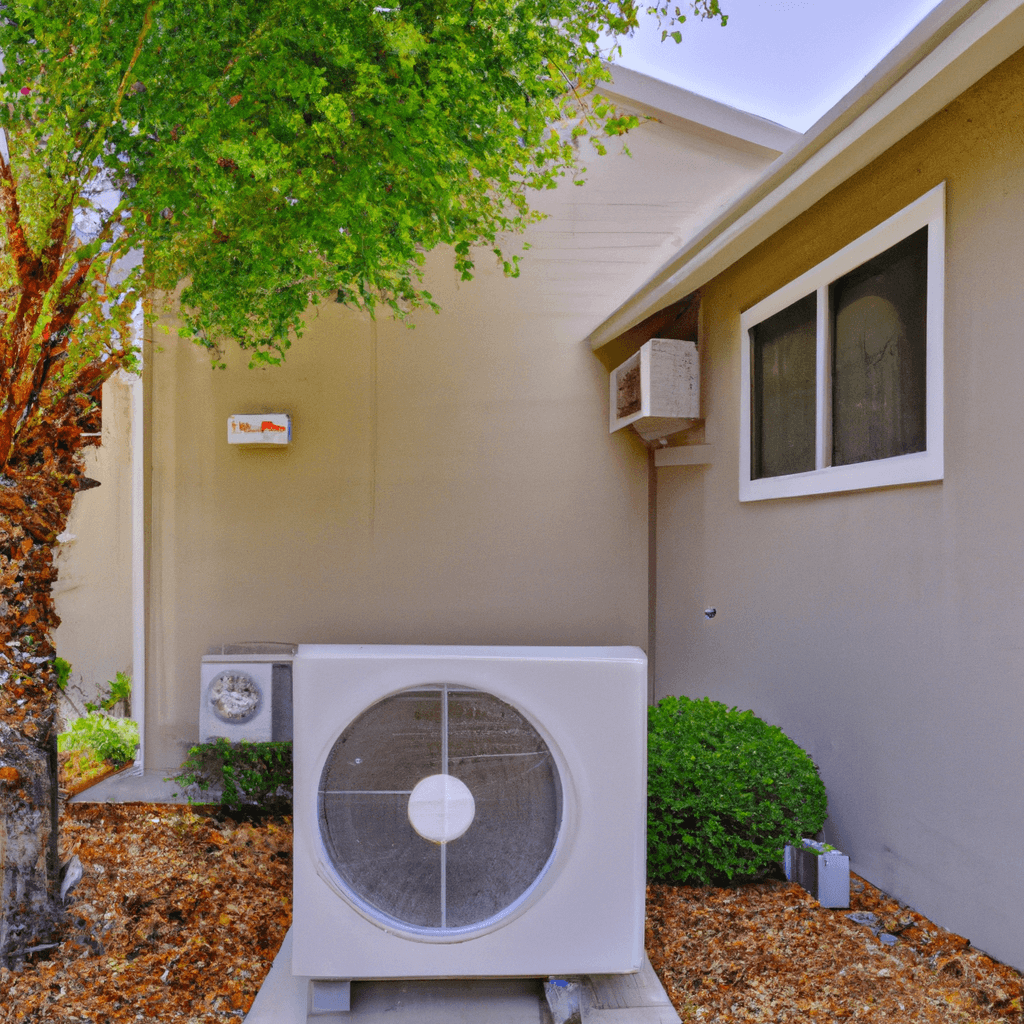Understanding Carrier AC Total Cooling Capacity and SEER Rating
When it comes to selecting the right air conditioning unit for a home or a commercial space, it’s important to understand all the factors involved. Among the most important of those factors is Carrier AC cooling capacity and its SEER rating. Knowing your cooling capacity (Btu/hr) and SEER can help you make an educated decision about which Carrier AC is best for your needs.
What is Cooling Capacity?
Cooling capacity is the measure of how much air ( in BTU’s, British Thermal Unit) per hour (Btu/hr) a Carrier AC can remove from a space. The greater the cooling capacity, the greater an air conditioner’s ability to cool a space in a given hour. The size of the space, the climate, the number of windows, and insulation levels all affect cooling capacity.
To calculate a Carrier AC’s cooling capacity, take the square footage of the space being cooled and multiply it by 25. This number is an estimate of the number of Btu/hr required to cool the space. Generally speaking, a Carrier AC unit with a SEER of 15 or higher is recommended, but SEER ratings as low as 13 can be sufficient in mild climates.
What is SEER?
Seasonal Energy Efficiency Ratio, or SEER, is a measure of cooling efficiency. The higher the SEER, the more efficient the unit. The minimum SEER allowed for Carrier ACs is 13. A Carrier AC with a SEER of 13 or higher is recommended for most climates.
The SEER rating of an air conditioner is determined by its tonnage (capacity) and energy consumption. The amount of energy an Carrier AC uses to cool a space determines its SEER rating. Higher SEER ratings mean higher efficiency, which translates to lower utility bills.
Key Considerations
When selecting an Carrier AC, the most important considerations are: cooling capacity, SEER rating, available features, and cost. Other factors such as noise level, durability, warranty, and maintenance play a role but they are not as important as the aforementioned.
To make an educated decision when selecting an Carrier AC, one should consult with an experienced HVAC professional. A knowledgeable contractor can help you find the right unit with the appropriate cooling capacity and SEER rating based on your space and climate.
Compliance with local building codes should also be considered. Some municipalities have regulations and codes that require certain energy efficiency levels of Carrier ACs. Check with the local building department to make sure the Carrier AC model you select meets the current requirements.
Finally, call your local reliable appliance repair (866) 311-8590 for professional installation and maintenance. Professional maintenance and installation are essential for the functioning and longevity of any air conditioning unit.
When selecting an air conditioning system, it is important to understand your needs and to do your research. Knowing the Carrier AC’s cooling capacity and its SEER rating is essential for making an informed decision. A reputable HVAC professional can help you determine the right size and SEER rating for your Carrier AC unit and the local building department can help you make sure your selection meets all local regulations. With the right Carrier AC, you can enjoy comfort, energy efficiency, and money saved.



How to Prevent Carrier AC Capacity Issues
Installing and selecting the appropriate Carrier AC Capacity is important in order to ensure that your air conditioning system operates efficiently and effectively in your home or office. The size of your AC unit plays a role in comfort and usage, so it is important to select the right size for the space.
There are a few key points to keep in mind when choosing and installing Carrier AC capacity to ensure that optimal performance is achieved:
Manufacturer Recommendations
When selecting or installing a Carrier AC unit, it is essential to take the manufacturer’s recommendations into account. Carrier typically provides owners with a manual outlining specific installation instructions that should be closely followed in order to ensure that the unit is correctly installed and functions as intended.
The manual will provide information on the size of the unit you need, which is largely based on the size of the area you want to cool. If the unit is too large, it will not cycle off, which can lead to increased utility bills and inadequate temperature control. On the other hand, if the unit is too small, it will not adequately cool the space, particularly when the area has more occupants.
By taking the manufacturer’s recommendations into account, you can better ensure that the unit is the correct size and will perform as intended.
Local Appliance Companies
Another important step in preventing Carrier AC capacity issues is to consult local appliance companies for their recommendations. Once you have the unit selected and have a general idea of installation methods, it is important to have a professional assess the space and take measurements of the area in order to accurately select the appropriate size. This can help to ensure that the space is adequately cooled, without wasting energy by overcooling.
Local appliance companies should also be consulted to determine the right type of installation for the unit. Different types of installations come with different energy efficiency requirements, and an experienced professional can help to identify the best system to install in terms of energy efficiency and capacity.
HVAC Technician
Finally, it is essential to consult an experienced HVAC technician when installing an AC unit. An experienced technician will be able to assess the space and provide advice on the size and type of AC unit best suited for the space. The technician will be able to answer any questions you may have and provide advice on the energy efficiency of the unit and its capacity to adequately cool the space.
In addition, a certified technician can also help you in the event that something should go wrong during the installation process. By consulting an experienced HVAC technician, you can help to ensure that the installation is done correctly, and that no issues arise during the process.
By following the advice of the manufacturer, local appliance companies, and a certified HVAC technician, you can help prevent any Carrier AC capacity issues that may arise in the future. Taking the proper precautions and having a professional carry out the installation will help to ensure that the unit is correctly sized and installed, and that optimal performance is achieved.
The Average Repair Cost for Carrier AC Capacity Issues
Considering a 20% increase in price, the average repair cost for Carrier AC Capacity Issues typically ranges from the minimum amount of $400-$700, to the more complex repair or installation price in the city of California (at around $1000).
For this particular issue, the key parts needed include a fan belt, a condenser, a capacitor, and refrigerant, each of which can come with installation and/or replacement costs.
For a minimum repair, the cost generally includes the parts and labor for replacing or repairing the fan belt, usually costing around $400 for the parts alone. A condenser, on average, adds another additional $200 for parts and another approximately $200 for labor. A capacitor usually costs around $50 for parts and $150 for construction, which brings the total to $600-$700. Refrigerant, which is needed to cool the system and maintain optimum performance, adds another $400 to the repair costs.
For more expensive, complex repairs and installations in California, the costs can range up to a total of $1000. This includes the cost of the parts and labor to replace or repair each of the parts mentioned above, as well as the cost of additional supplies.
For those wondering what the best professional advice may be, it is recommended to call a local, reliable heating and air conditioning company – like Local Reliable Air Conditioning and Heating – for a full assessment and accurate quote. They will be able to assess the issue and advise on the best course of action for a cost-efficient repair that ensures high-performing, safe air conditioning for many years to come.
Reliable Carrier AC Capacity for Every Home
When it comes to reliable air conditioning and heating services in California, one name stands out: Reliable Air Conditioning & Heating. This family-owned business offers same-day service and repair for a wide range of appliances, including Carrier AC Capacity, giving their customers peace of mind and reliability they can trust.
Reliable has trained technicians with a minimum of 5 years’ experience in the field, ensuring your air conditioning unit and other appliances are in safe, skilled hands. The technicians at Reliable deliver fair and affordable pricing without compromising on quality — guaranteed.
For added assurance and customer satisfaction, Reliable is fully licensed and insured and backs their repair service with a 90-day warranty on all repairs. This means you don’t have to worry about costly repairs and can rest easy knowing that your appliances are in the hands of trust-worthy professionals.
At Reliable Air Conditioning & Heating, the staff understands that air conditioning needs vary from household to household and offers tailored solutions for each customer. From AC maintenance and installation to repair, the experts at Reliable will help keep your unit running in optimal condition — any time of the day.
Don’t settle for anything less than Reliable Air Conditioning & Heating’s reliable Carrier AC Capacity services. Get in touch with Reliable today and experience the quality and outstanding customer service they offer. With their help, your home’s air conditioning and heating will stay reliable and efficient, giving you the comfort and peace of mind you deserve.
FAQ: Understanding Carrier AC Total Cooling Capacity and SEER Rating
What is an SEER Rating?
An SEER (Seasonal Energy Efficiency Ratio) rating measures the cooling efficiency of an air conditioner. The SEER rating is a ratio of the total cooling output compared to the amount of energy required to produce the output. The higher the SEER rating, the more efficient the air conditioner.
How Can I Determine the SEER Rating of My Carrier AC?
It is easy to find the SEER rating of your Carrier AC. All Carrier models have their SEER rating clearly labeled on their side or control panel. Furthermore, the SEER ratings for Carrier air conditioner models can be found online.
How does the SEER Rating Affect My AC’s Total Cooling Capacity?
The higher the SEER rating, the higher the cooling capacity of the air conditioner. A higher SEER rating means the AC can cool an area more efficiently, using less energy. This will ultimately save money on energy bills.
What is Carrier AC Total Cooling Capacity?
The total cooling capacity is a measure of the amount of heat that can be removed from an area by your air conditioner. Carrier air conditioners are sized according to their total cooling capacity; the higher the total cooling capacity of an AC, the larger the area it is able to cool.
How Can I Determine the Total Cooling Capacity of My Carrier AC?
Similar to their SEER rating, the total cooling capacity of Carrier air conditioners is clearly labeled on the side or control panel. Furthermore, the total cooling capacities for Carrier air conditioners can be found online.
If you need more help understanding Carrier AC Total Cooling Capacity and SEER Rating, please call Local Reliable Appliance Repair at (866) 311-8590.

